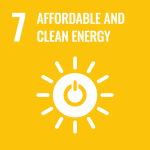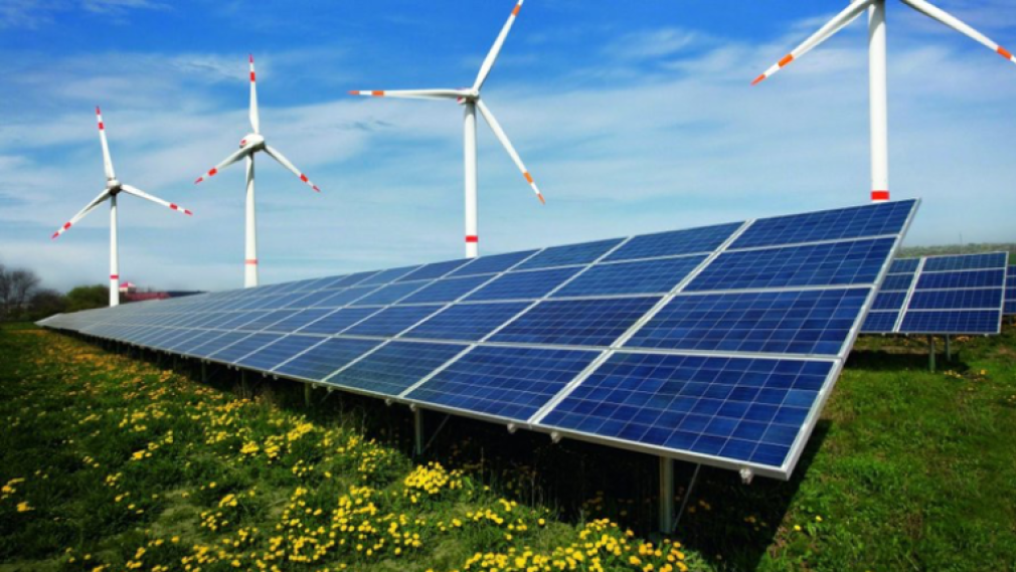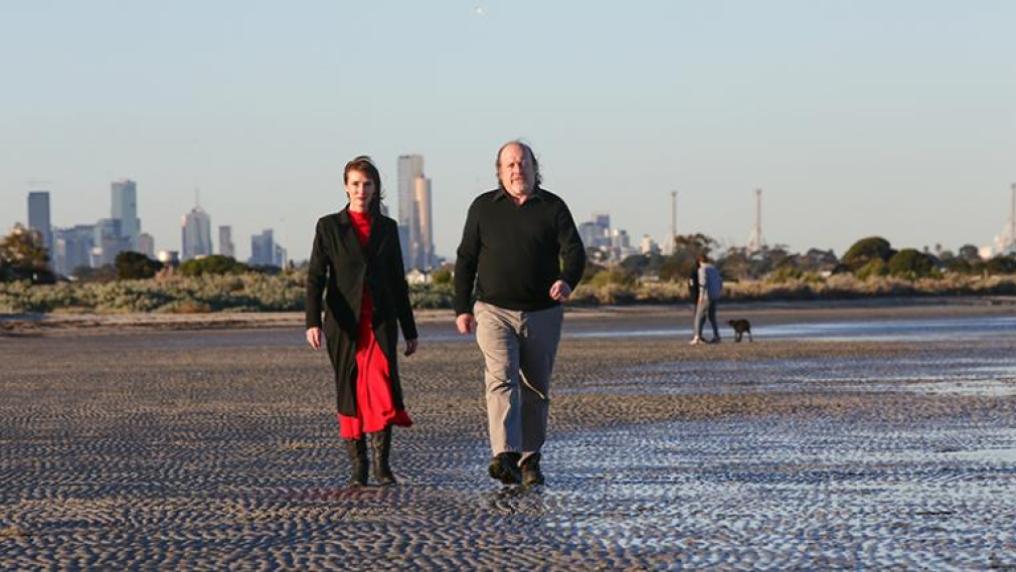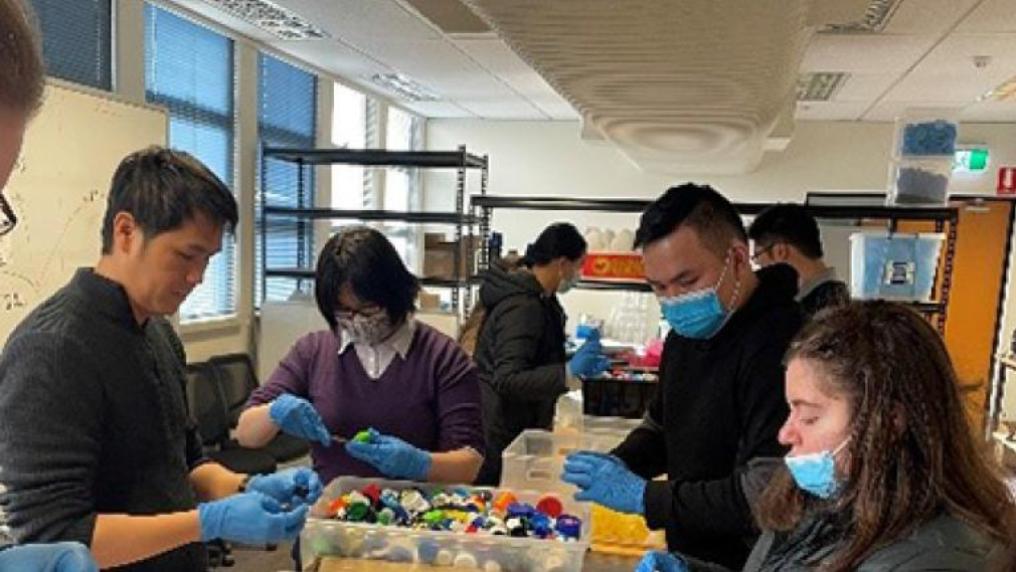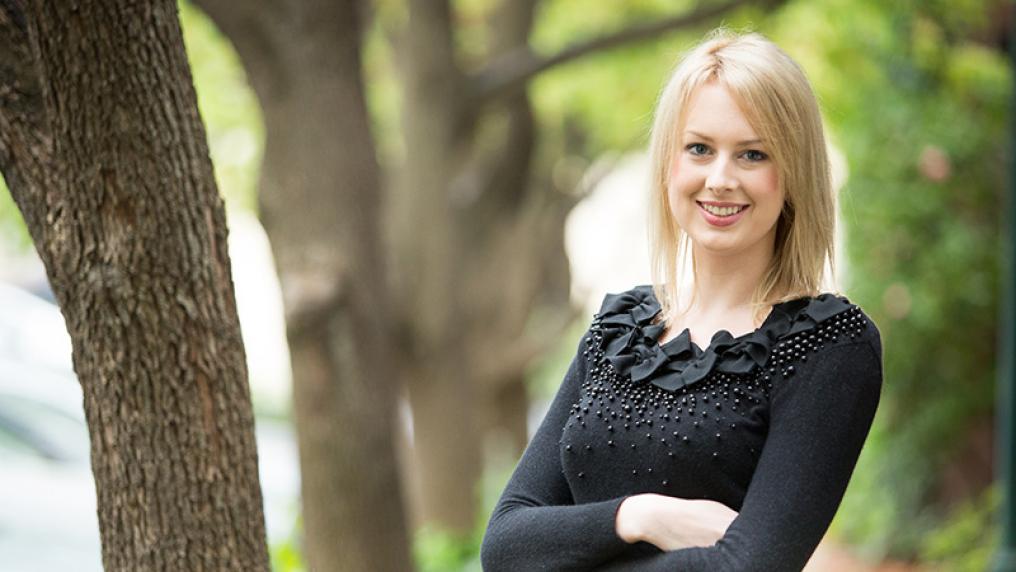Goal 7: Affordable & clean energy
At Victoria University, we approach the goal of clean energy through scientific enquiry and development, energy-policy research and practical infrastructure initiatives.
Our Alternative Energy Group focuses on developing solar and wind energy, biofuels, sustainable buildings and other related areas.
Our campus infrastructure reflects this dedication, with 5-star-energy-rated buildings, and a commitment to renewable power and carbon neutrality.
If the current pace continues, about 660 million people will still lack access to electricity and close to 2 billion people will continue to rely on polluting fuels and technologies for cooking by 2030. To ensure access to energy for all by 2030, we must accelerate electrification, increase investments in renewable energy sources and invest in improving electricity grids.
– United Nations
Sustainability on campus
Victoria University has switched to 100% renewable energy for our electricity. We negotiated our latest electricity agreement with the support of Schneider Electric to source all our power from Cherry Tree Windfarm of Iberdrola Australia. The renewable energy agreement means VU reduced carbon emissions by around 23,300 tonnes of CO2e per annum and is a major step to becoming a carbon-neutral university.
